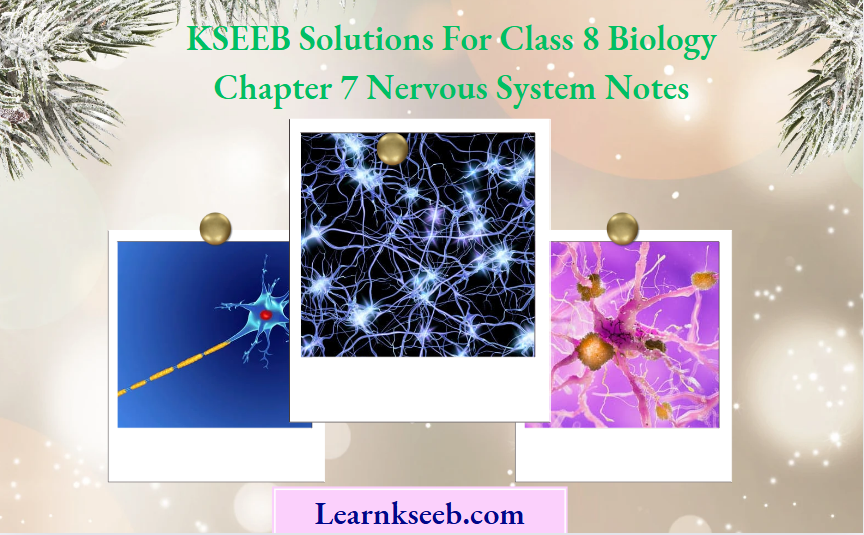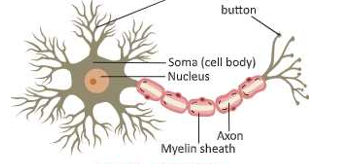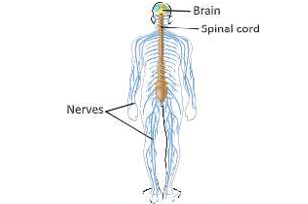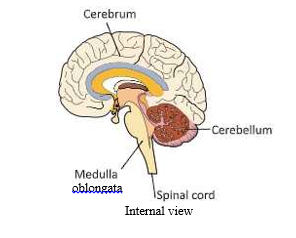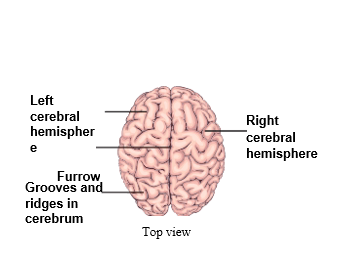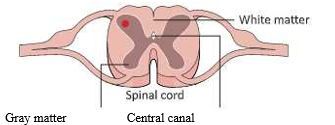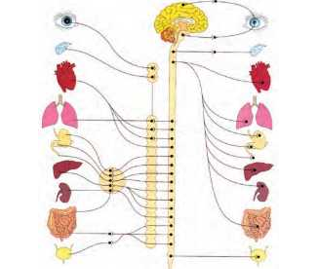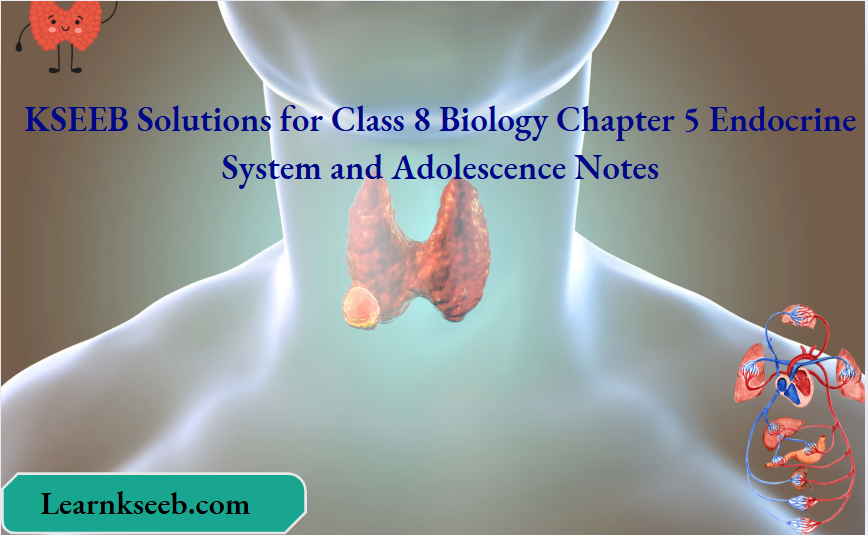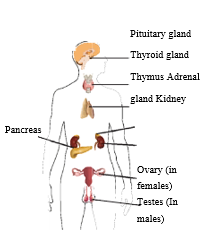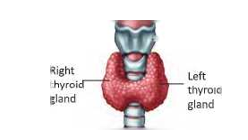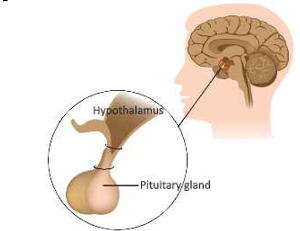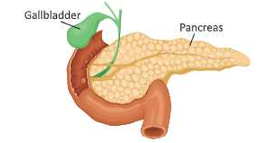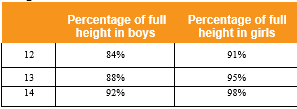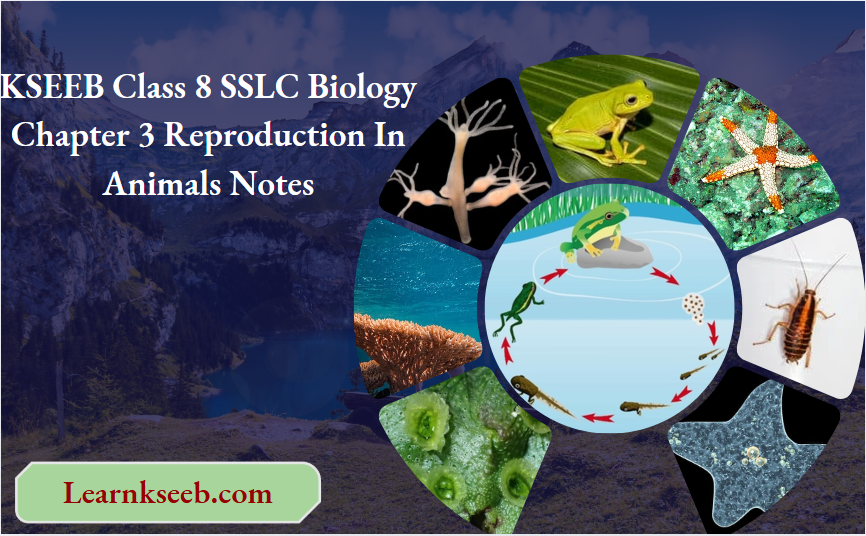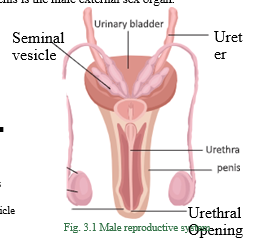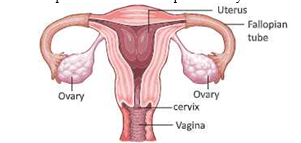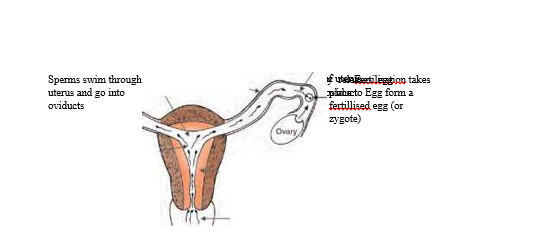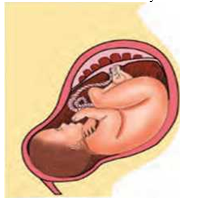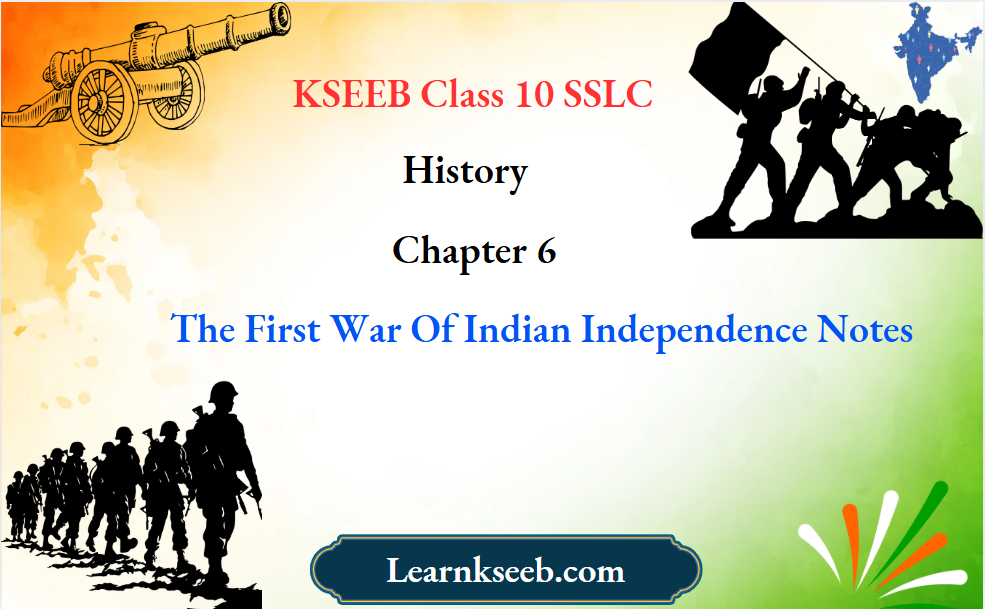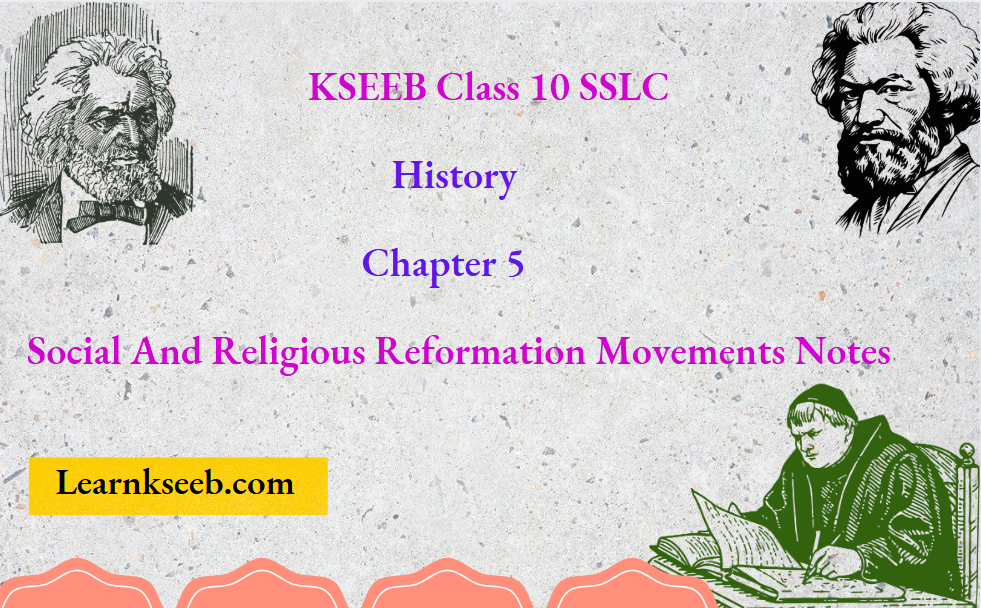KSEEB Solutions Class 8 Civics Chapter 8 Confronting Marginalisation Textbook Questions
Question 1 List two Fundamental Rights in the Constitution that Details can draw upon to insist that they be treated with dignity and as equals?
- The Indian Constitution provides six Fundamental Rights to all citizens equally. The Dailts have a Fundamental Right to be treated with dignity and as equals.
- Right to Equality: The Constitution of India declares all the citizens of India to be equal in the eyes of law’ and provides equal protection of law within the territory of India. There can be no discrimination between one citizen and another on the basis of religion, caste, colour, gender, sex etc. Article 17 abolishes untouchability and its practice in any form is forbidden.
- Right against Exploitation: The Constitution of India recognises the dignity’ of the individual and protect him against any form of exploitation either by the state or by privileged classes in the society.
Question 2. Re-read the story on Rathnam as well as the provisions of the 1989 Scheduled Caste and Scheduled Tribe (Prevention of Atrocities) Act. Now list one reason why you think he used this law to file a complaint.
Answer
- Dalits and other weaker sections of the society were ill treated and humiliated. Ultimately, the Scheduled Castes and Scheduled Tribes Prevention of Atrocities Act, 1989 was passed.
- The main aim of this Act was to keep an eye on the violence against the Do/its and to deliver severe punishment to those who still violate the law Rathnam, a member of Dalit Community, was asked to perform the ritual in which he had to wash the feet of the priest and bath in the same water.
- Rathnam refused to perform this ritual as he does not have faith in it. The powerful castes in the village where Rathnam lived, were greatly angered by this. In order to teach him a lesson, the villagers decided to expel him and his family. One night, although his hut was set on fire, he and his mother managed to escape.
- He went to the local poke station and file a case under the Scheduled Castes and Scheduled Tribes (Prevention of Atrocities) Act, 1989. The case was also supported by the media. Due to Rathnam’s efforts, the ritual was called off.
Question 3. Why do Adivasi activists, including C.K. Janu, believe that Adivasis can also use this 1989 Act to fight against dispossession? Is there anything specific in the provisions of the Act that allows her to believe this?
Answer
- Aoivosi activists, including C.K. Janu, rightly beieve that Adivasis can also use Scheduled Castes and Scheduled Tribe (Prevention o^ Atrocities) Act 1989 to fight against dispossession.
- AoVosi activists refer to the 1989 Act as an attempt to reclaim the forest lands, which were originally theirs.
- Activists have asked that those who have forcibly occupied tribal land should be punished under 1989 Act According to 1989 Act, non-tribal people can not buy or sell land which originally belonged to the tribal people.
- The Indian Constitution gives the freedom to the tribal people to re-claim their land. According to C.IC Janu, an Aoivasi activist, governments of various states are also violators of this constitutional right.
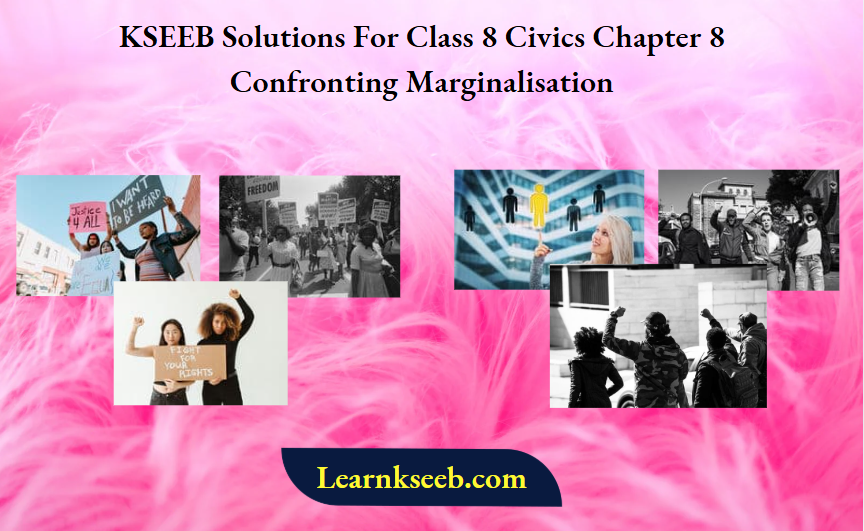
Confronting Marginalisation Text Questions
Question 1 . State one reason why you think reservations play an important role in providing social justice to Dalits and Adivasis?
Answer
Reservation Polity has played an important role in providing social and economic justice to dalits and Adivasis as it provides an equal Opportunity to the SC and ST to compete with everyone
Question 2. Can you list two different provisions in the 1989 Act? Look up the glossary and write in your own words what you understand by the term ‘morally reprehensible’.
Answer
- Two provisions in the 1989 Act are:
- Legal aid: Legal aid is available for all victims regardless of financial status. For all others, legal aid depends on the financial status.
- Migration: On migration to another state, they lose their SC/ST status for affirmative actions, i.e. benefit of admission in educational institutes, reservation in government employment, etc., but the protection accorded under this Act stays.
Class 8 Civics Confronting Marginalisation KSEEB Notes
Question 3. What do you understand by manual scavenging?
Answer
Manual Scavengers are the people thought to be the most oppressed class in our country. They perform menial tasks, like removing human excreta, etc. It is a caste-based occupation that continued for many centuries in both urban aid rural areas.
Confronting Marginalisation Very Short Answer Type Questions
Question 1. By which article of the Constitution untouchability has been abolished?
Answer Article 17 has abolished untouchability in every form from the society.
Question 2. What do you know about tribals?
Answer The term Tribal refers to aboriginals or Adivasis—derived from Adi-meaning ‘beginning or earliest time’ and vasi-meaning the ‘original residents or inhabitants’. The tribals mostly live in forest or hilly areas. Tribals depend on the natural resources for their survival. They are easily exploited by money¬lenders and industrial contractors.
Question 3. Why did the Safai Karamchari Andolan file a PIL in 2003? What did they complain about in their petition?
Answer In 2003, the Safai Karamchari Anaolan filed a PIL. In the PIL, the Safai Karamchar complained that in government undertakings, like railways, manual scavenging still existed. The petitioners asked to be given their fundamental rights of freedom and equality.
Question 4. Which Fundamental Rights are violated by the practice of manual scavenging?
Answer
- The practice of manual scavenging violates tie following fundamental rights:
- Right to Equality,
- Right to Freedom.
Question 5. What is the literacy rate among the tribal people?
Answer
Literacy rate among the tribal people is very low. According to 2001 census, only 29.5% of tribal people were literate while the general literacy rate was 64%.
KSEEB Class 8 Civics Chapter 8 Questions And Answers
Question 6. Explain the main provision of Employment of Manual Scavengers and Construction of Dry Latrines (Prohibition) Act 1993.
Answer The Act prohibits the employment of manual scavengers as well as the construction of Dry Latrines.
Confronting Marginalisation Short Answer Type Questions
Question 1. Mention the name of those states where scheduled tribes (Adivasis) are residing.
Answer
More than two-thirds of the tribal population live in the North-Eastern states of Arunachal Pradesh, Assam, Meghalaya, Manipur, Mizoram, Nagaland and Tripura. The rest of the tribal population is concentrated in Madhya Pradesh, Odisha, Biha-, Gujarat, Rajasthan, Dadar and Nagar Havelli. Majority of them live in rural hilly tracts and forests.
Question 2. What are the main problems of tribal communities?
Answer The main problems faced by the tribals are—land alienation, lack of education, poverty and indebtedness, unemployment and exploitation. All the above stated problems are interlinked.
Question 3. What are the effects of Manual Scavenging?
Answer
Manual scavenging is a caste-based occupation, regarded as ‘dirty. The hereditary job led to their further segregation. These people lived away from the reach of other castes, mainly outside the town or village. They are subjected to various forms of discrimination and disabilities.
Question 4. Write in brief the New Forest Policy of 1983 with regard to tribal people.
Answer
New Forest Policy of 1988 is more sensitive to the rights and needs of the tribal people. It lays down that all forest management agencies should involve the tribal people in the protection, regeneration and development of forest as well as provide alternative employment opportunities to the people living in and around the forests.
Question 5. Mention the name of states and union territories having no tribal population.
Answer Haryana, Punjab, Delhi, Chandigarh, Daman and Diu do not have any tribal population.
Question 6. The Safai Karamchari Andolan file a PIL in the Supreme Court in 2003? What did the Supreme Court do on hearing their case in 2005?
Answer
It came into the notice of the Supreme Court that the number of manual scavengers has increased since the law was passed in 1993. The court asked the various government departments to verify the facts. If manual scavenging is still prevalent, the respective department has to take appropriate measures to ensure the liberation and rehabilitation of the scavengers.
Confronting Marginalisation Long Answer Type Questions
Question 1. Describe the various steps taken by the government to eradicate manual scavenging.
Answer
- After independence, various plans were started to liberate scavengers from social and occupational bondage.
- Many commissions were appointed to end this social evil. Various commissions unanimously suggested that as long as dry latrines exist, manual scavenging cannot be eradicated.
- Ultimately the ‘Employment of Manual scavengers and Construction of Dry Latrines (Prohibition) Act was passed in 1993.
- The Act punishes the employment of scavengers or the construction of dry (Non-flush) lavatories with imprisonment for upto one year and/or a fine of? 2000.
- Moreover, the responsibility of rehabilitation has been taken by the government. The scavengers got accommodated in the local municipal body as safai kavrachar’s.
- The government has also assisted the scavengers and their dependents to opt for alternative trade by providing subsidy, bank loan and training for such trades.
The Bonded Labour System (Abolition) Act 1976 and the Scheduled Castes and Scheduled Tribes (Prevention of Atrocities) Act, 1989 also proved successful in discouraging the practice of manual scavenging.?
Confronting Marginalisation KSEEB Class 8 Textbook Solutions
Question 2. Describe briefly the main provisions of the Scheduled Castes and the Scheduled Tribes j (Prevention of Atrocities) Act, 1989.
Answer
- The Scheduled Caste and the Scheduled Tribe Act was implemented in 1989. It was formed in response to the demands made by the Dalits and the Other Backward Communities (OBCs)
- who were inhumanly treated and humiliated. This Act contained a long list of social injustice and distinguishes them at several levels.
- This act seems to punish those who:
- Force a member of the Scheduled Tribe or Scheduled Caste to drink or eat any unedible or obnoxious substance.
- Forcibily removes/tears the clothes of the person belonging to Scheduled Caste or Scheduled Tribe or forces him/her to parade naked or painted face body or commits any other similar act that violates human dignity.
- Force the SCs and STs to do begar or forced labour/and those who illegally occupy the land allotted to them or get their land transferred in their names.
- Assault or use force on any women belonging to SC or ST with a purpose to dishonour her.
Question 3. What are the Constitutional Provisions which aim at social justice?
Answer
Constitutional Provisions which aims at social justice are:
- Article 14, provides right to equality before the law.
- Article 15(1), states that the state shall not discriminate against any citizen on the basis of sex, religion, caste, place of birth, etc.
- Article 16(1), provides equal opportunities for all citizens in employment
- Article 17, abolishes untouchability and its practice in any form is a punishable offence.
- Article 29(2), provides educational rights to the citizens. It further states that no citizen shall be denied admission to any educational institution maintained by the State or receiving aid out of the state funds on the basis of religion, race, caste or language or any of them.
- Article 38, which directs the state to strive and promote social welfare of the people by securing and protecting as effectively as it may in order to strive for justice—social, economic and political— shall inform all institutions of national life.
- Article 39 of the Constitution directs the state to adopt policies that secure every citizen the right to an adequate means of livelihood; the equal pay for equal work; arid to ensure that children and youth are protected against exploitation.
- Article 326 states that every citizen of India, not less than 18 years of age, shall be entitled to vote in elections.
Question 4. Mention the Constitutional Provision for safeguarding the interest of minorities and SCs and STs.
Answer
The following are the Constitutional Provisions for safeguarding the interest of minorities:
- Article 29(1), states that all citizens of India have the right to conserve their distinct culture and language.
- Article 29(2), further states that on the basis of caste, religion, race or language, no individual can be denied admission to any government or non-government institution.
- Minorities have the right to establish and administer their educational institutes.
- State shall not discriminate against any institution on the grounds that it is under the management of minority communities.
- Implementation of Constitutional Provisions for SCs and STs
- Government jobs are also reserved for them and they are adequately represented.
- For the social-economic development of STs, Ministry of Tribal Affairs was set up in 1999.
- For various competitive examinations, free of cost training is provided to students of SCs and STs.
- Various vocational training programmes have been launched in the tribal areas. Educational institutions have also been opened to promote female literacy ratio.
- Free textbooks are provided for SC and ST students in schools, colleges and for medical/ engineering courses.
Confronting Marginalisation Hots Corner
Question How is manual scavenging responsible for the backwardness of a section of society?
Answer
Manual scavenging means the practice of removing human excreta manually from dry lavatories (non¬flush), doing leather work, removing dead cattle, etc. Manual scavenging is a caste-based occupation, regarded as dirty.
- The hereditary occupation of manual cleaning of human excreta has become the basis of their exploitation by others.
- Scavengers constitute an underprivileged social group considered as impure and consequently excluded and avoided for practising polluting profession.
- They have been treated like an infectious disease calling for the most minimal social contract.
- Because of this discrimination, they are forced to live a socially disadvantaged life, and had no alternative but to accepted this degradation.
- Social backwardness bred economic backwardness. Most scavengers live in object poverty because of low wage occupation.
- Most of them are illiterate and therefore economically weak.
- Educational backwardness has deprived them from taking advantage of the constitutional privileges specially meant for their welfare.
Confronting Marginalisation Miscellaneous Questions Multiple Choice Questions
Question 1. Which of the following is a Marginal group?
(a) Muslims
(b)dalits
(c)Adivasis
(d) All of the above
Answer (d) All of the above
Question 2. Untouchability is abolished under which article of the Constitution?
(a) Article 17
(b) Article 15
(c) Article 19
(d) Article 14
Answer (a) Article 17
Question 3. Reservation Policy is adopted by the government for the benefits of:
(a) Scheduled castes
(b) Backward classes
(c) Scheduled tribes
(d) All of the these
Answer (d) All of the these
Question 4. Manual Scavengers and Construction of Dry Latrines (Prohibition) Act was passed in:
(a) 1989
(b) 1983
(c) 1993
(d) 2003
Answer (c) 1993
Question 5. When Safai Karamchari Andolan and 13 other organisations filed a PIL in the Supreme Court?
(a) 1989
(b)2002
(c) 2003
(d)2000
Answer (c) 2003
Important Questions For KSEEB Class 8 Civics Chapter 8
Question 6. What is the Literacy rate among the tribal people, according to 2001 census?
(a) 50%
(b)40%
(c) 31%
(d)29.5%.
Answer (d) 29.5%
Confronting Marginalisation Picture Interpretation
Study the following pictures and answer the question that follows:
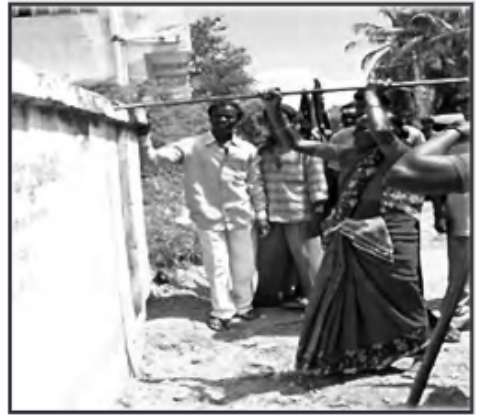
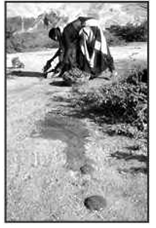
- What do you understand from the two pictures given above?
Answer In picture 1, dry latrines are being abolished. In picture 2, manual scavengers are at work.
KSEEB SSLC Class 9 Biology Notes Karnataka State Syllabus
- Chapter 1 The Fundamental Unit Of Life Notes
- Chapter 2 Tissues Notes
- Chapter 3 Diversity in Living Organisms Notes
- Chapter 4 Why Do We Fall ill Notes
- Chapter 5 Natural Resources Notes
- Chapter 6 Improvement In Food Resources Notes




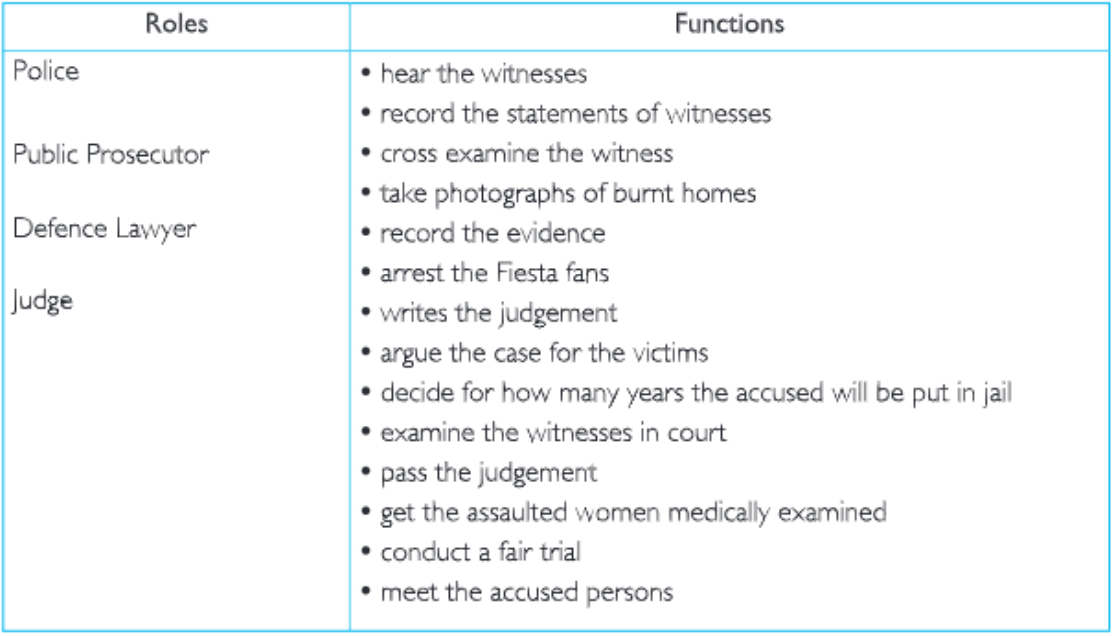
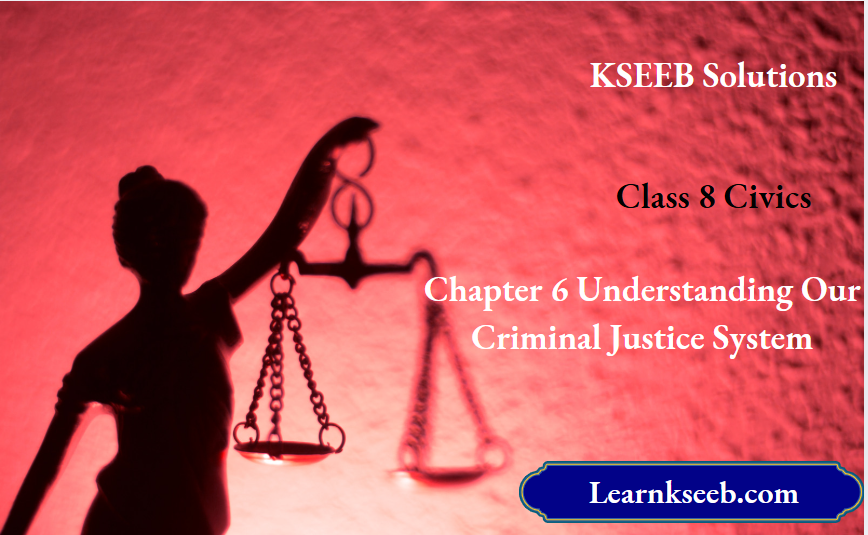
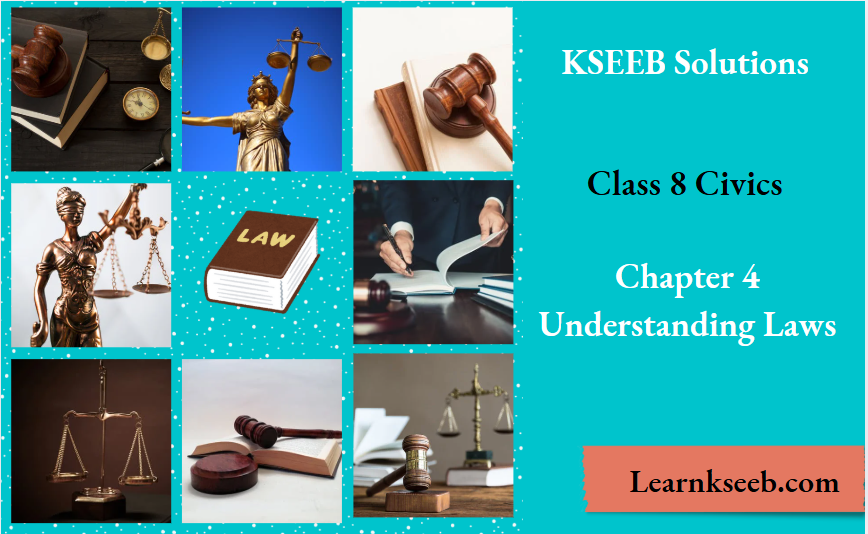

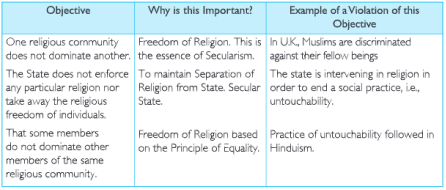
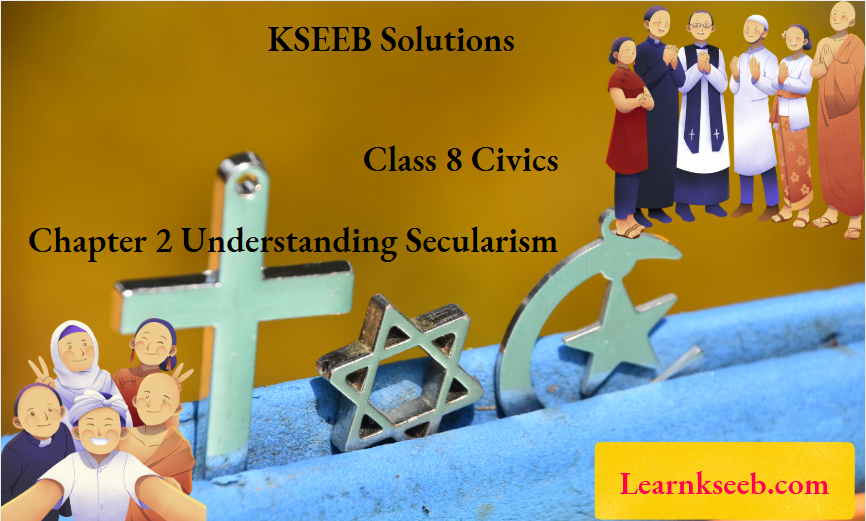

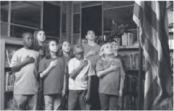 Answer
Answer